Can Bounce Innovation Hub Scale Up Akron’s Entrepreneurial Scene?
Doug Weintraub
Imagine the scene: Gamers and University of Akron students doing their thing in a designated e-sports lab. Freelancers and entrepreneurs co-working the day away fueled by coffee and locally-made Norka root beer. A conference room buzzing with a venture capital meeting, while not far away, an event space houses a packed presentation on intellectual property. Meanwhile, a maker space hums with hands-on activity.
That’s how Doug Weintraub pictures the Generator, the yet-to-open first floor of Akron’s still-evolving Bounce—which opened back in January as Northeast Ohio’s first “open innovation hub.”
“When I close my eyes, I can envision exactly what I want to see,” says Weintraub, Bounce’s CEO. “If that’s all in a day’s work, that will be pretty exciting for a city the size of Akron to be taking place right here [in its] downtown.”
Weintraub’s vision is steadily becoming reality. Set to be completed in spring 2019, the Generator will be the final puzzle piece of the 307,000-square-foot space that’s helping Akron get its economic groove back. Along with the in-progress Generator, Bounce also houses eight floors of office, laboratory, and light manufacturing space that are already in motion.
“The reason it’s unique is that it’s all under one roof,” says Weintraub, who came aboard as CEO in March. “As you go up the stack, you can literally go from coffee and an idea to [running] an actual company.”
Kathleen Stitzlein of Triple Beam Technologies
Kathleen Stitzlein can attest. Since winning a $10,000 cash prize in the LaunchTown competition in 2015, Stitzlein has been building both her company Triple Beam Technologies and the prototype for Cannibuster, a roadside THC saliva testing device for use by law enforcement professionals.
“Winning the LaunchTown competition really made me think I could do this,” says Stitzlein, a biomedical engineering PhD candidate at University of Akron. “It gave me the funding to get started and a lot of support and enthusiasm for my idea.
As part of the prize, Stitzlein was also gifted a year of business assistance from the Akron Global Business Accelerator (AGBA)—or what is now Bounce Innovation Hub. (Bounce opened in January 2018 as the 2.0 version of AGBA.) At the end of that year, Stitzlein was offered reduced rates on laboratory space, and she’s been working out of Bounce ever since.
“It was super-helpful because for a very reasonable price, I could get into a lab space—otherwise, I probably would have been working out of my garage at home,” says Stitzlein. “[Without Bounce], I don’t know that my company would have been able to progress as rapidly.”
According to Weintraub, that’s pretty much the point—to break down barriers, build community, and equip startups and companies of all sizes to thrive. Each company in Bounce’s Incubator program is assigned an entrepreneur-in-residence to consult on areas ranging from strategy to financing to product development, and tenant companies are encouraged to share resources, leads, and expertise.
Bounce also has newly established joint offices with BioEnterprise and MAGNET, both of which have an on-site presence. The former’s program focuses on supporting biomedical companies, while the latter helps physical product companies with their design, engineering, and manufacturing processes. (For instance, Stitzlein utilized MAGNET’s services for prototyping the Cannibuster device.)
“Whether you’re building software or a physical product, we have all of those solutions,” says Weintraub. “That is what’s unique [as opposed to] what most places can offer. You won’t find anything like that until you get to Chicago and maybe New York—and certainly not in a tire building that’s 150 years old, I can tell you that.”
Bounce Innovation Hub in the former B.F. Goodrich building
The “tire building” which Weintraub references is the former B.F. Goodrich headquarters, the legendary Akron building in which Bounce is based. After the decline of Akron’s once-booming rubber industry in the 1970s, the building became the Akron Global Business Accelerator in 1983; originally, the accelerator was meant to bolster manufacturing startups, but later became a tech incubator.
In 2015, the AGBA launched The Bit Factory, a software startup accelerator, and in January 2018, the AGBA was reimagined as Bounce Innovation Hub in line with Mayor Dan Horrigan’s overall economic development plan. (The Bit Factory still continues on Bounce’s fifth floor as an accelerator for any company with a software component.)
As Weintraub sees it, Bounce Innovation Hub is essentially the start of a new wave of manufacturing in Akron—one that could potentially usher in a boom like the one that started it all.
“Manufacturing is changing dramatically. Almost all of the companies I talk to have innovation groups within their businesses because they’re trying to stay up on the nuances of technology and equipment,” says Weintraub. “It’s not the same manufacturing that was originally envisioned [with the AGBA in 1983]; this is all about the technology aspect.”
Right now, Bounce is 60 percent occupied, but Weintraub’s goal is to “fill the place up and make it hum from the first floor through the ninth floor.” Along with the forthcoming Generator, Weintraub and his team are busy planning various types of programming to attract new companies to the space—from speaker series to lunch + learn events.
The Bit Factory
The Bit Factory is also ramping up its offerings. At the annual FUEL competition in November, four software startups will pitch and negotiate for up to $15,000 in investment and a spot in its Product Development Accelerator—with the goal of completing a minimum viable product by program’s end. Up to six companies will also be in the first cohort of the accelerator’s new sales and marketing component.
“It’s a much-needed area for software companies,” says Weintraub. “You have this great product, but how do you market it and sell it? We’re trying to help the entrepreneur understand all the components necessary in order to pull that off.”
Gradually, Weintraub’s master plan seems to be working: CompanionLabs moved in just last week, and Bezlio relocated its offices from Wadsworth to Bounce in September. Collectively, Weintraub estimates that 50 new jobs have been added at Bounce companies since the facility’s January launch, and Bounce itself has gone from two to seven employees in that time frame.
“The goal with all of this is that we’re trying to match the mayor’s goal of bringing people to downtown and creating jobs along the way,” says Weintraub.
CompanionLabs CEO Brian Deagan says he’s also seeing unprecedented synergy between Bounce and the University of Akron. (He should know: he’s had a prime vantage point for decades, with his previous company Knotice based out of AGBA.) Cases in point: both Triple Beam Technologies and OncoSolutions (also a Bounce tenant) originated at the university, and the school also has an e-sports lab located at Bounce.
“There’s a developing relationship between academia and the startup community that’s super-vibrant,” says Deagan. “By providing a foundation to build a better connection between these institutions, [Bounce] can get young energy into the mix in a way it hasn’t been in the past and really help Akron as a whole.”
As it evolves and grows, Bounce is also becoming increasingly more Akron-centric in its aesthetic, thanks to local designer Karen Starr. Starr’s design for the Generator highlights work by local artists and a soapbox derby car as a nod to Akron’s past. “[We want to spotlight] the rubber companies, the companies that built Akron,” says Weintraub. “This is where Ben Franklin Goodrich started his company—but if it wasn’t for local investors helping, the company would have gone out of business. This space is of, by, and for Akron.”
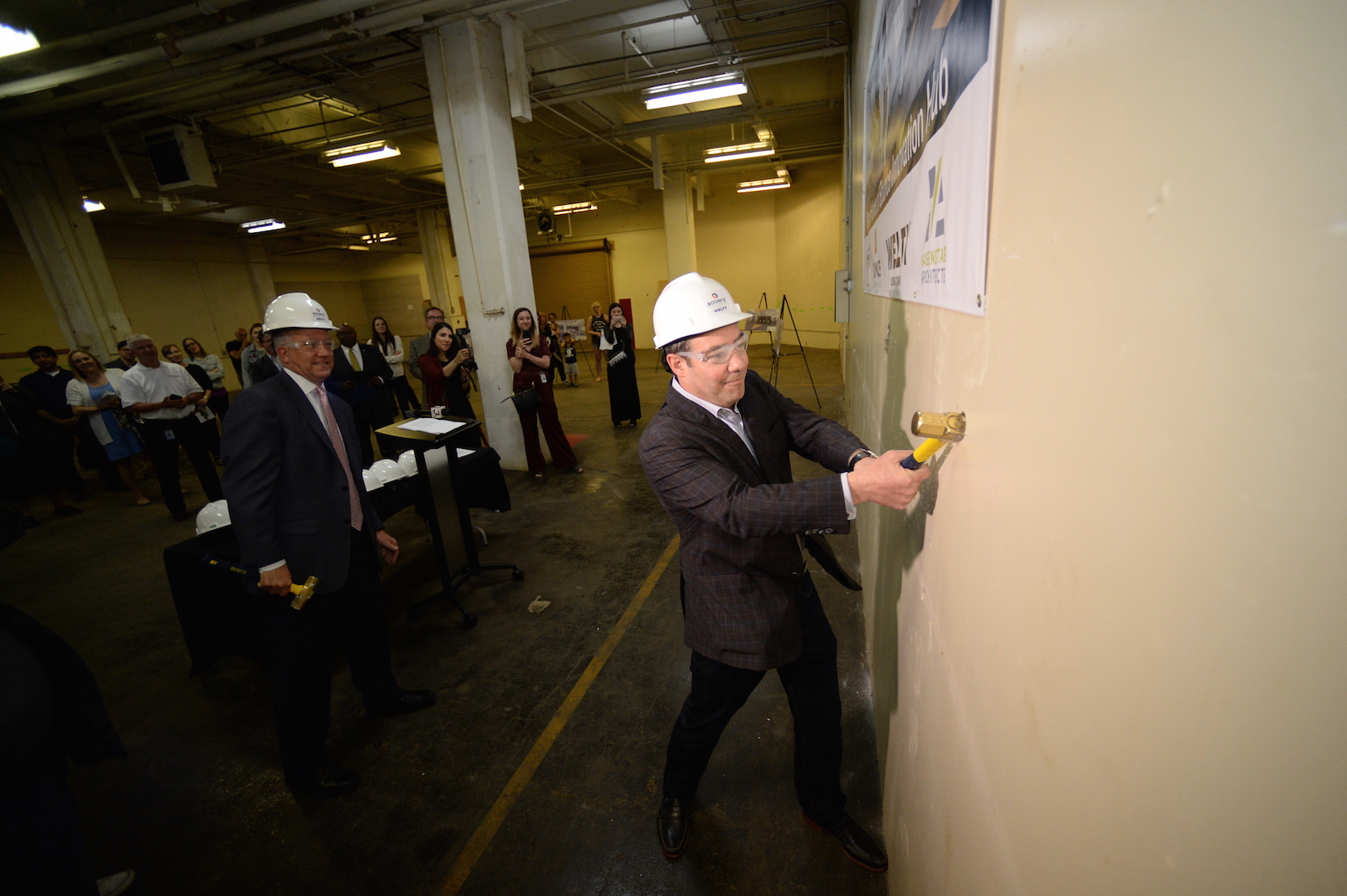
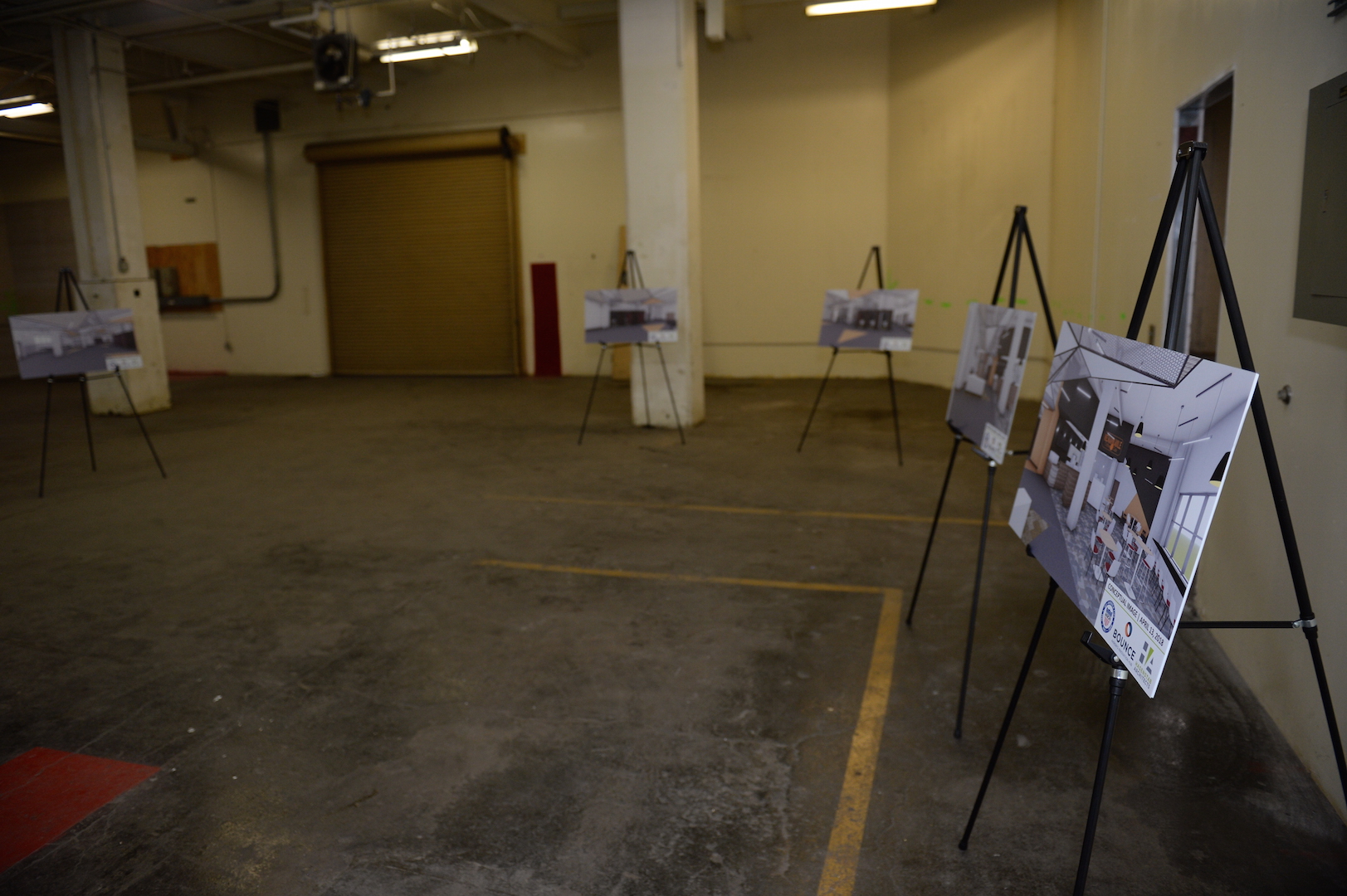
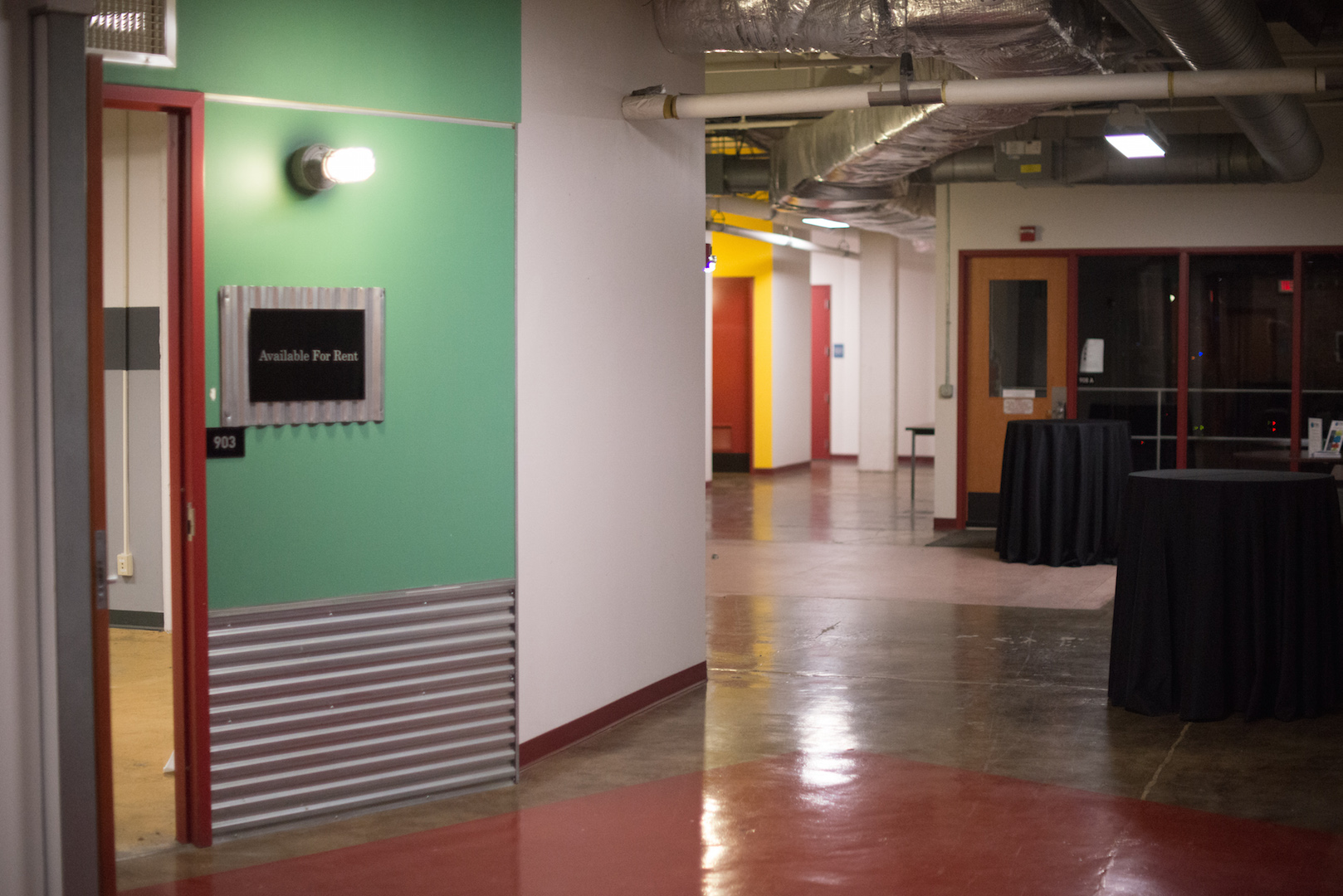
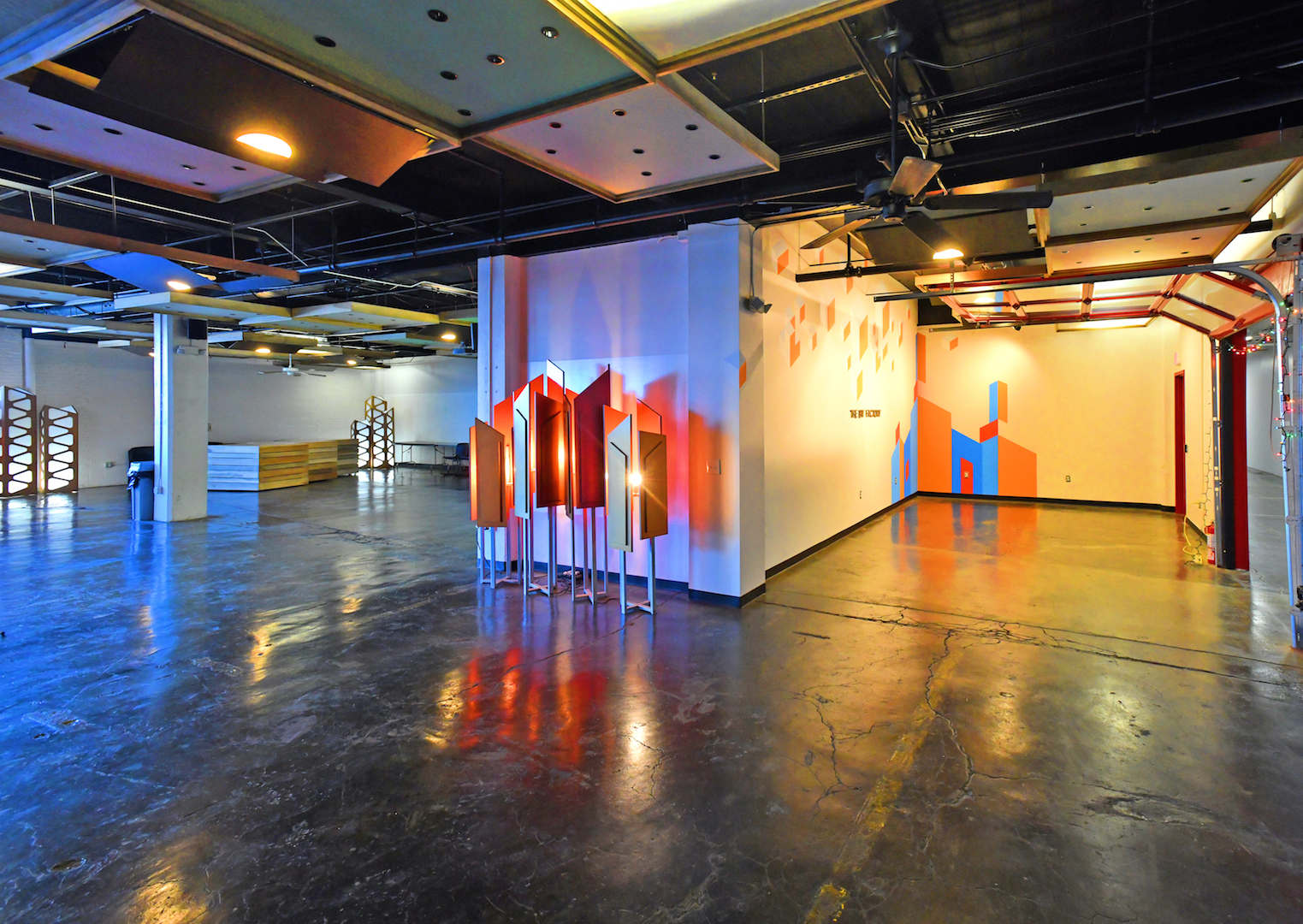
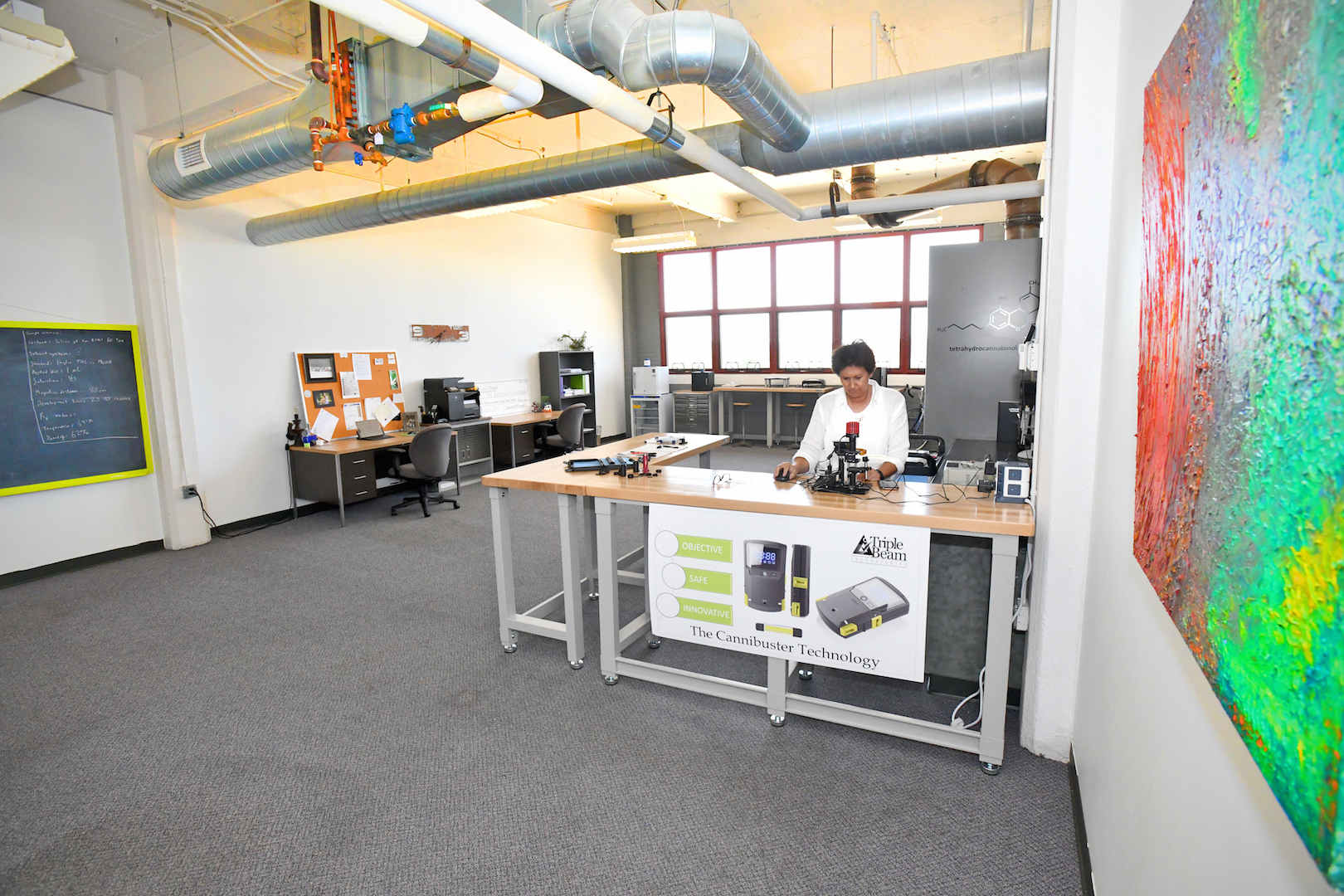
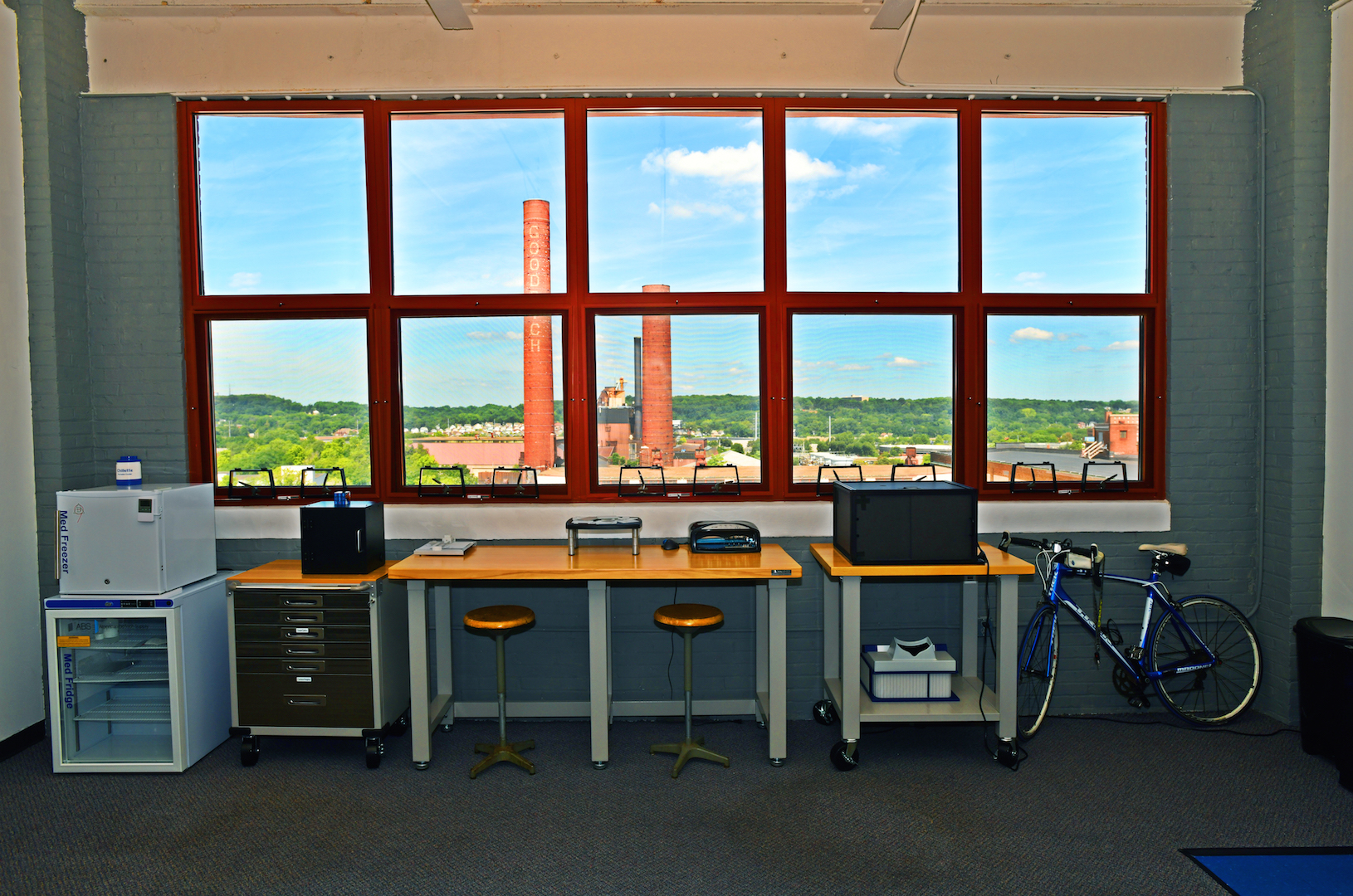





In an era in which so many people aspire to be the next Steve Jobs, who will channel their ambition in the pursuit of caretaking work?